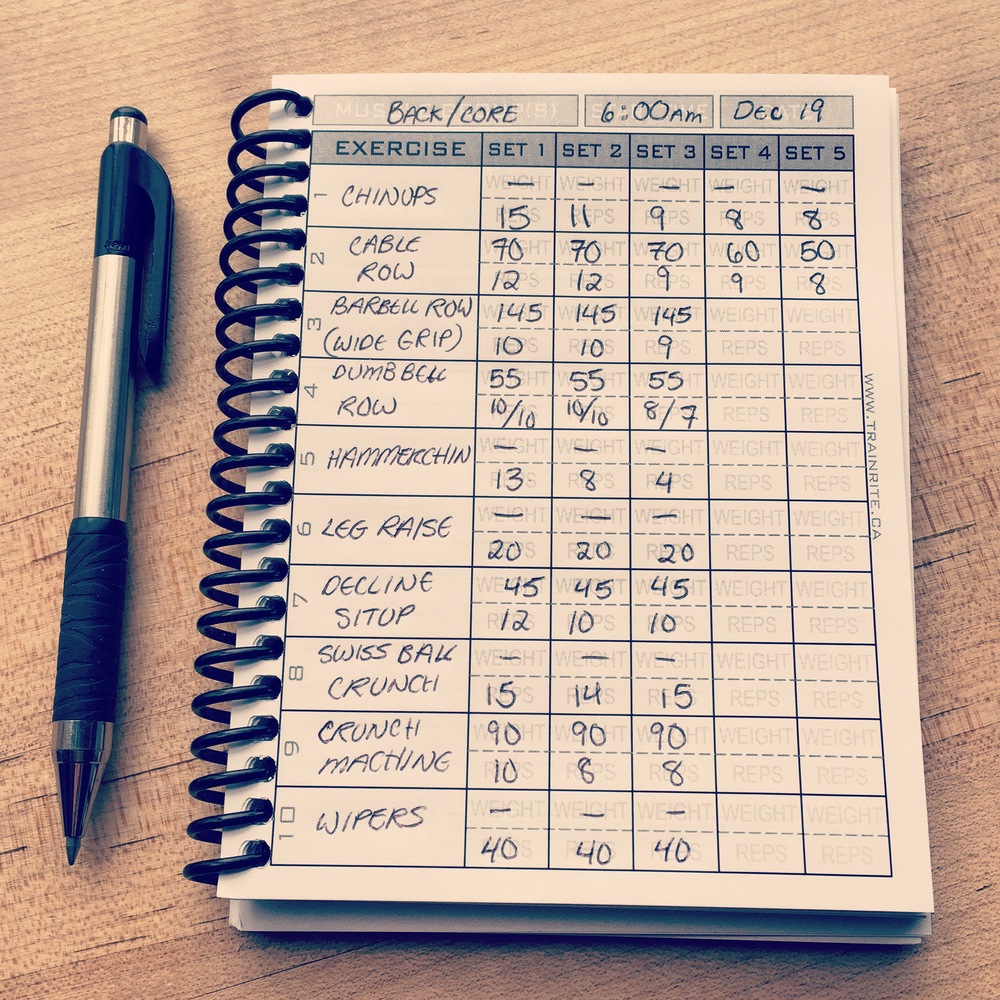A Gym Odyssey – Making Progress
At last…an exam free week. Last week was a long, stressful journey, and it involved more books than weights, but I made it through. My school workload was significantly less over the last couple of days, which allowed me to make it to the gym on every scheduled day. I’m starting to feel progress in my strength, and I’m starting to enjoy my time in the gym. Although I feel like I’m making good progress in the weightroom, I realized that I haven’t put a system in place to track my progress. Thus, this blog will be dedicated to some ideas for how I will monitor my development.
Stepping on a Scale:
When I worked out in the past, my goal was always to put on muscle mass. My thought process was that if I could just put on 10-20 lbs of muscle I would dominate on the basketball court and the pitching mound. Therefore, I would hop on a scale every week or so to see if I had made any progress. However, this method was a little discouraging as the natural fluctuations in my weight made it difficult to tell if I was actually making progress or not. Some weeks I thought I put on a couple pounds of muscle, and then the next week I would be discouraged if the scale read anything less. In reality, the differences were likely largely due to natural fluctuations in body weight. Although this method may work for some people, based on my experiences in the past, I don’t think this method will work for me on a weekly basis. It may be good to step on the scale about every month, but certainly not something I will base my entire results off of.

Progress Pictures:
Some people love taking regular progress pictures to track their advancements in the gym. While this is something that works for a lot of people, this method feels too subjective for me to base my progress on it. The lighting, angle, clothing, and other factors can greatly affect how good a picture looks. I would prefer a method that gives me qualitative measures in order for me to objectively track my development. Thus, similar to stepping on a scale, I don’t think I will be taking daily or even weekly progress photos. Instead, along with monthly weigh-ins, I will also take monthly progress photos to see my development over the long run.

Fitness Journal:
Another great way to track fitness progression is keeping track of the weight, sets, and reps you’ve completed in a fitness journal. This method would allow me to quantitatively track my strength progression, which is what I’m looking for. Furthermore, it would help me plan my workouts by helping me recall what I lifted in my previous session and what level of difficulty it was. Although it will require some extra effort in the gym to record the weight, sets, and reps I complete, I think it might be a worthwhile practice to implement into my routine.

In conclusion, I think I will take a mixed method approach to tracking my workout development. While I will periodically weigh myself and take progress pictures, my primary method of tracking my progress will be a daily fitness journal. This being said, it is not all about the results, but also about the journey along the way. In addition to building strength and making progress in terms of weightlifting, I also want to enjoy my time in the gym.
Richard Black

Richard,
I’ve used all these methods besides a fitness journal (kind of). Stepping on a scale, like you said, can be misleading at times due to natural fluctuations. This being said constantly checking your weight I recommend only if you need to make weight for a competition or something of that nature. Regarding progress pictures, these can be a slippery slope. I know in my personal experience, progress pictures have led to me critiquing myself and looking too far into my less-developed muscle groups. Both of these methods in moderation would certainly be helpful, but every day or so could be excessive and hurt more than they help. I personally feel that a fitness journal would be super helpful as you could easily keep track of your workouts and what weights you’re doing for your working sets.
Best,
Nick H.